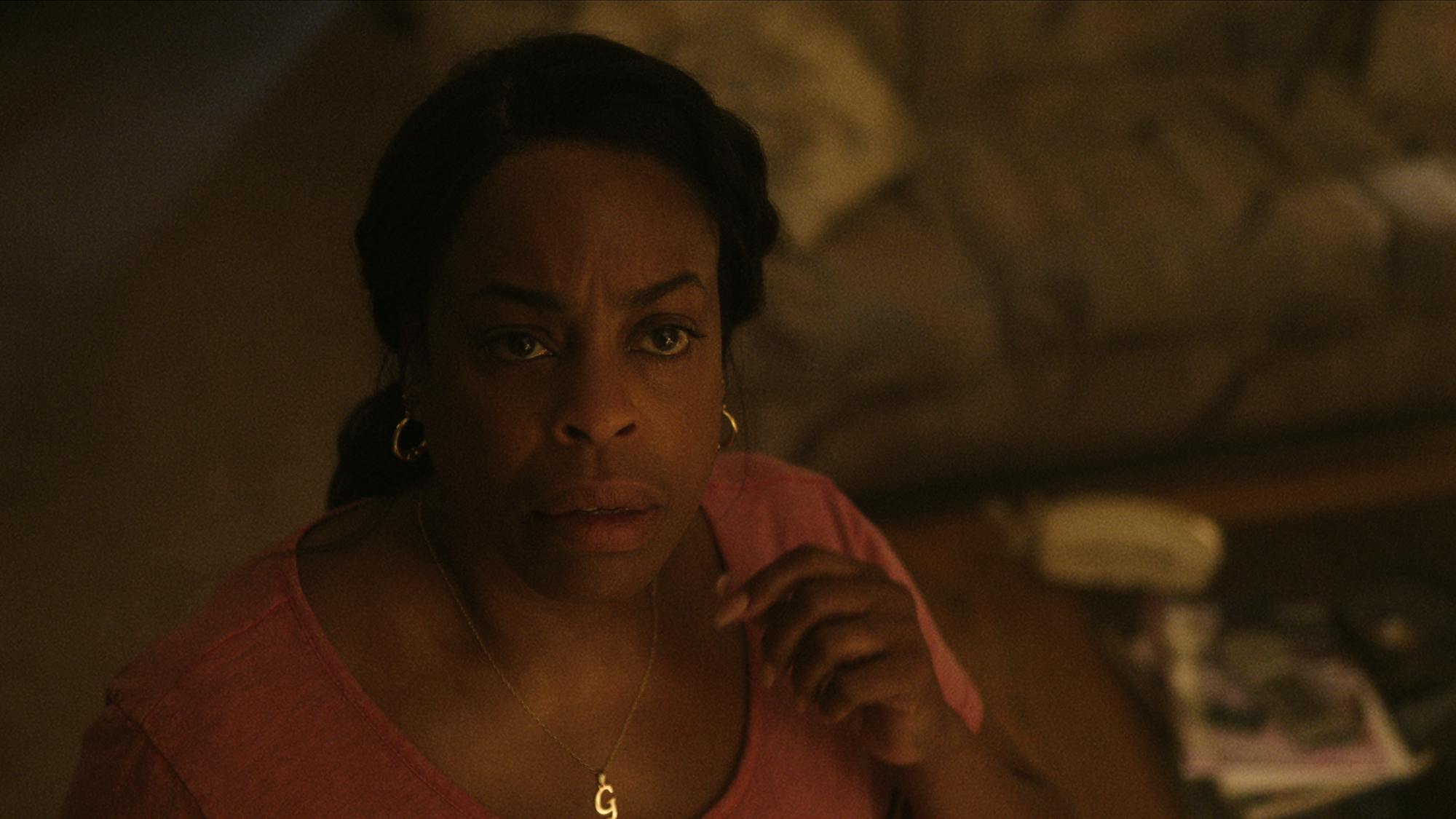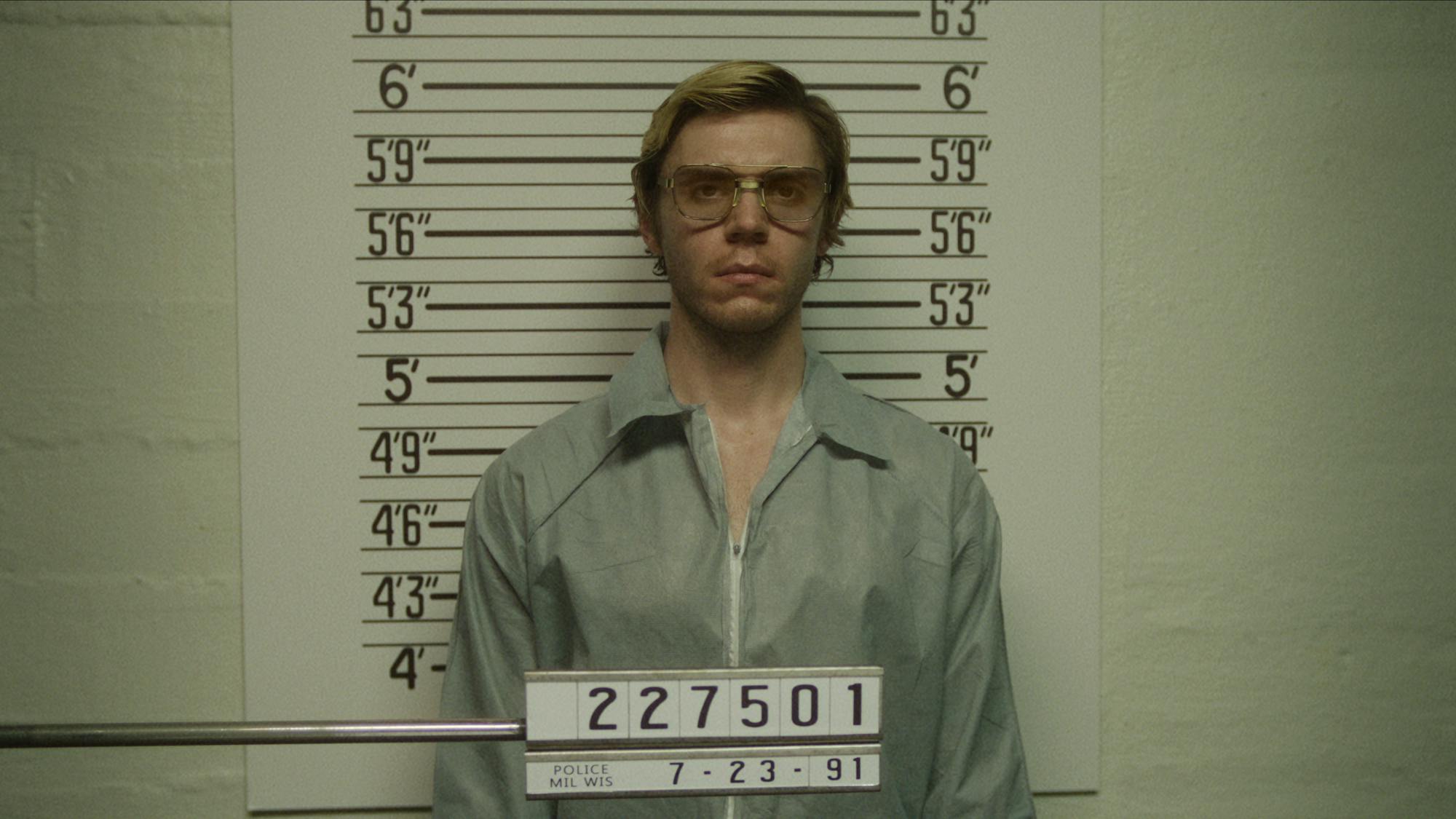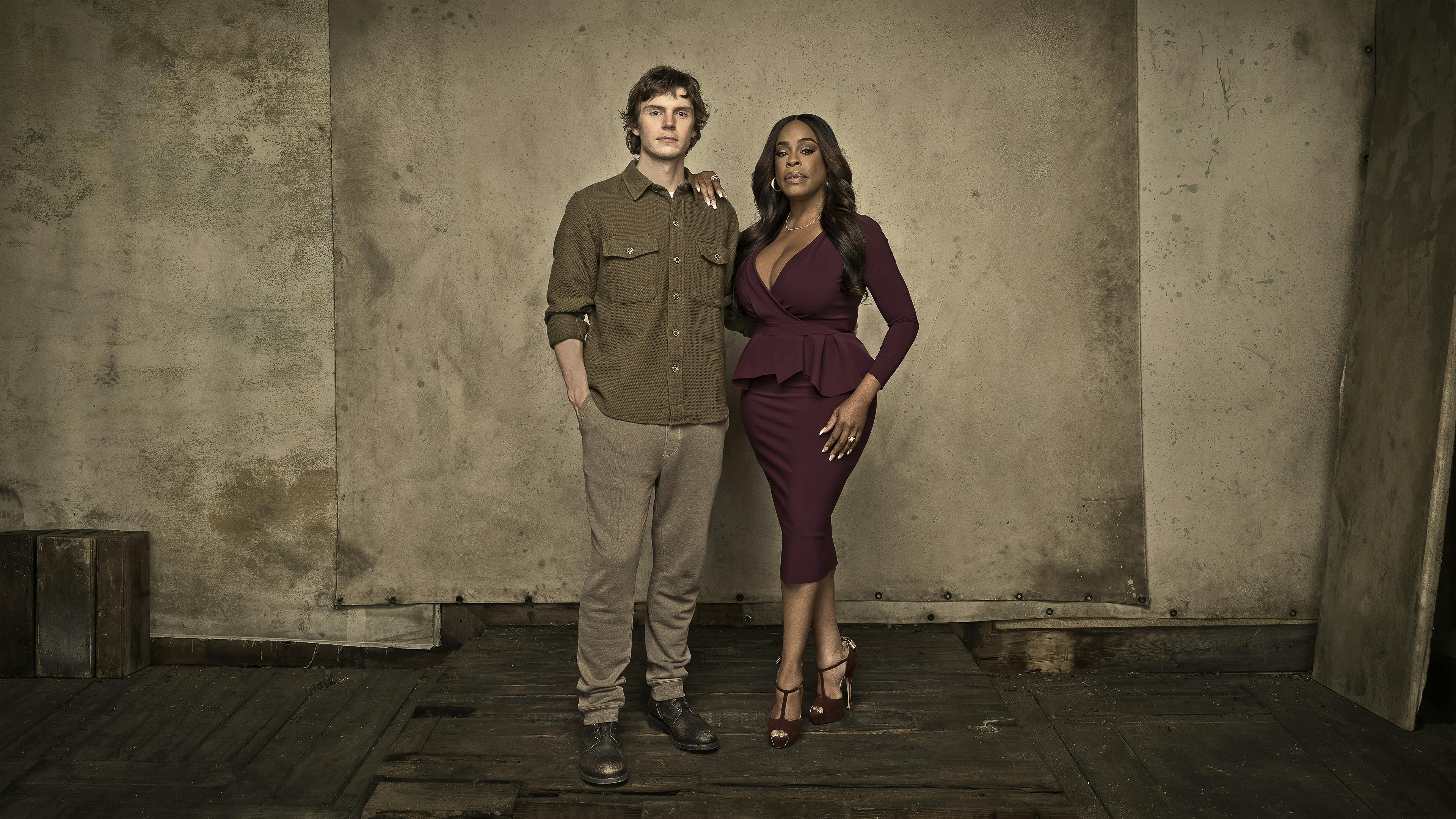DAHMER - Monster: The Jeffrey Dahmer Story stars Evan Peters and Niecy Nash-Betts discuss the series that captivated the world.
Ever since DAHMER - Monster: The Jeffrey Dahmer Story premiered last September, the harrowing 10- episode limited series about the infamous serial killer has been breaking records and racking up accolades. Stars Evan Peters, who delivers a haunting turn in the lead role, and Niecy Nash-Betts, who is captivating as Dahmer’s suspicious neighbor Glenda Cleveland, were recognized for their performances at the Golden Globes, Critics Choice Awards, and Screen Actors Guild Awards. The series as a whole has earned comparable acclaim, with nominations from the PGA Awards, Critics Choice Super Awards, and Golden Globes as well.
“It feels amazing to know that you were a part of storytelling that went around the world a couple of times,” says Nash-Betts. “We entered in trying to roll up our sleeves and unpack this work and went home with heavy hearts and tears in the corners of our eyes. Then the next thing you know it was like, ‘Wait, what just happened?’”
What happened was a unique kind of alchemy between the gifted leads and creative masterminds Ryan Murphy and Ian Brennan, the prolific writer-producer-creators who worked for a decade to bring this story to the screen. Chronicling the life of the Milwaukee-based Dahmer — who claimed 17 victims, predominantly men of color, during the 70s, 80s, and 90s — the intense true-crime drama focuses on the tension between the deeply deranged killer and Cleveland, who attempted to alert the authorities numerous times about the murderer’s concerning behavior, only to be routinely ignored. “This show is about a lot of things, but it really is about the power of white privilege,” Murphy says. “This person got away with this 10 times and counting, because of how he looked, who he was in society. It’s about homophobia. It’s about racism. It’s about all of these things.”
Although Nash-Betts was previously best known for her comedic work, the actor says she immediately connected with Cleveland and felt a profound kinship with the character. “I’m a Black woman, which means that, a lot of times, I have not been listened to, I have not been heard,” Nash-Betts says of her approach to playing the role. “I always try to start at what I have in common with a person. That’s how I begin. I don’t care who it is I play. Where can I find some commonality between myself and this person so that when I thread this needle, this tapestry is going to come across and it’s going to be rich and it’s going to be real?”

Glenda Cleveland (Niecy Nash-Betts)
I’m grateful that . . . [viewers] understand the havoc that was wreaked in each one of these families’ lives.
Niecy Nash-Betts
For Peters, who had a long-running professional relationship with Murphy after having starred on several seasons of his award-winning anthology series American Horror Story, preparing to play Dahmer required intense psychological investigation. After exhaustively reading about the killer, Peters began to ask deeper questions. “I really tried to learn the history and get the facts right, but then also figure out why he would do something like this,” the actor says. “He understood that it was wrong and tried to self-medicate with alcohol, but ultimately chose to cross over the moral code. He called it the ‘long slide down.’ It really deteriorated into a compulsion that he couldn’t control and he completely lost himself.”
Peters and Nash-Betts had relatively few opportunities to work together as scene partners, with the drama largely unfolding from either side of a shared apartment wall. But one pivotal scene — in which Dahmer brings Cleveland a “meat” sandwich that she refuses to eat — brought the duo together for an electric, showstopping moment. “Niecy and I had some very quick scenes — intense, but very quick — so I was very excited to be able to work on a five-page scene with her,” Peters describes. “What I loved about the scene is that Niecy’s character, Glenda, gets to take away all of his power. He’s trapped, and it’s a checkmate. It’s a beautiful scene to see Glenda stand up to him, and he has no other choice but to walk away.”
The scene required Nash-Betts to find a delicate balance of what her character needed to portray versus what she had to withhold from her sparring partner. “Inside yourself, you can hear your knees knocking, you can hear your heart beating, and you think it’s so loud that it’s audible, but you have to put that face on and step on that fear,” says Nash-Betts. “It’s a thin line because you want the audience to know you’re afraid, to know your truth, but not the person opposite you to know your truth. I felt like I was tap dancing on a Cheerio.”

Jeffrey Dahmer (Evan Peters)
I really tried to learn the history and get the facts right, but then also figure out why he would do something like this.
Evan Peters
Working on material that is rife with atrocities, the actors eagerly sought out any opportunities to experience joy and buoy their spirits. “My real-life daughter played my daughter in the series,” explains Nash-Betts. “Because this material was so weighty and so painful,
I spent a lot of days teary-eyed or very emotional on set. But when kids are around, they don’t know. It’s above their heads. I’m trying to get myself together, and my daughter’s like, ‘Hey mom, want to do a TikTok?’ And the next thing you know, it’s two in the morning, we’re Tik-ing and Tok-ing. It was those little moments of having her with me that were really a gift.”
Peters drew inspiration from his colleagues on set. “The crew and everybody were there busting their asses and working really hard and quickly, and at the end of those days where it was incredibly difficult, it did bring joy,” he says. “I felt like we did it. We all worked together really hard, and it was an incredible feeling.”
The work paid off, clearly. And while Nash-Betts says she is immensely proud to be part of a full-fledged cultural phenomenon, the actor notes that the show’s greatest triumph has nothing to do with ratings or awards. Rather, as she describes, DAHMER’s most significant achievement is shedding light on those whose lives were taken or forever upended by the killer’s actions.
“I am so grateful that now people are aware of who these victims were,” she says. “I’m grateful that they were able to be unpacked and delivered to the world in such a way that you understand the havoc that was wreaked in each one of these families’ lives. I know it’s a hard watch for some, but I’m happy that the audience got to meet the people who they otherwise may not have gotten to know.”




